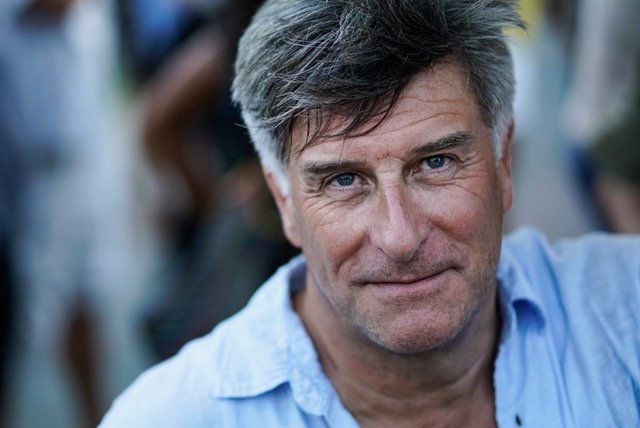[Ibarionex] How important is collaboration between you and your subjects?
[Ian]: I am a great believer in the adage of a photograph being a menage a trois; the photographer, the subject and ultimately the viewer all bring something to the party. Therefore, usually the collaboration between subject and me is a crucial aspect of the creative process. Whether it’s as a photographer, writer, filmmaker, or any other type of artist, the level of collaboration can significantly impact the work.
In this case, that was certainly true when I worked with the dancer, and, if I needed a particular shot, that collaboration could be crucial. Some other shots were taken out of context of the story and therefore a different type of collaboration, purely focusing on the image itself, was important.
Coming at this late in life from a non-commercial aspect, I don’t always have the experience and directorial know-how that a commercial photographer must develop. However, I do relate to people, and I am not shy in asking for a particular look or setting. I have also done a good bit of street photography and it is often the opportunistic shot that ends up being the most powerful or apt. I always leave room for those wonderful friends called good fortune and chance.
